In today's eco-conscious world, making sustainable choices is more crucial than ever. One area where individuals can have a significant impact is in their selection of food storage solutions. While the initial cost of reusable food storage options might seem high compared to disposable alternatives, understanding the long-term financial and environmental benefits is key. This guide aims to shed light on the cost-effectiveness of investing in reusable food storage, demonstrating that a little upfront investment can lead to substantial savings over time.
In This Article
- The True Cost of Disposable Food Storage
- Upfront Costs vs. Long-Term Savings of Reusable Options
- Environmental Savings: Beyond the Dollar Sign
- Maximizing the Use of Reusable Food Storage
- Breaking Down the Investment: A Comparative Analysis
- Tips for Making Affordable Switches
- Call to Action
The True Cost of Disposable Food Storage
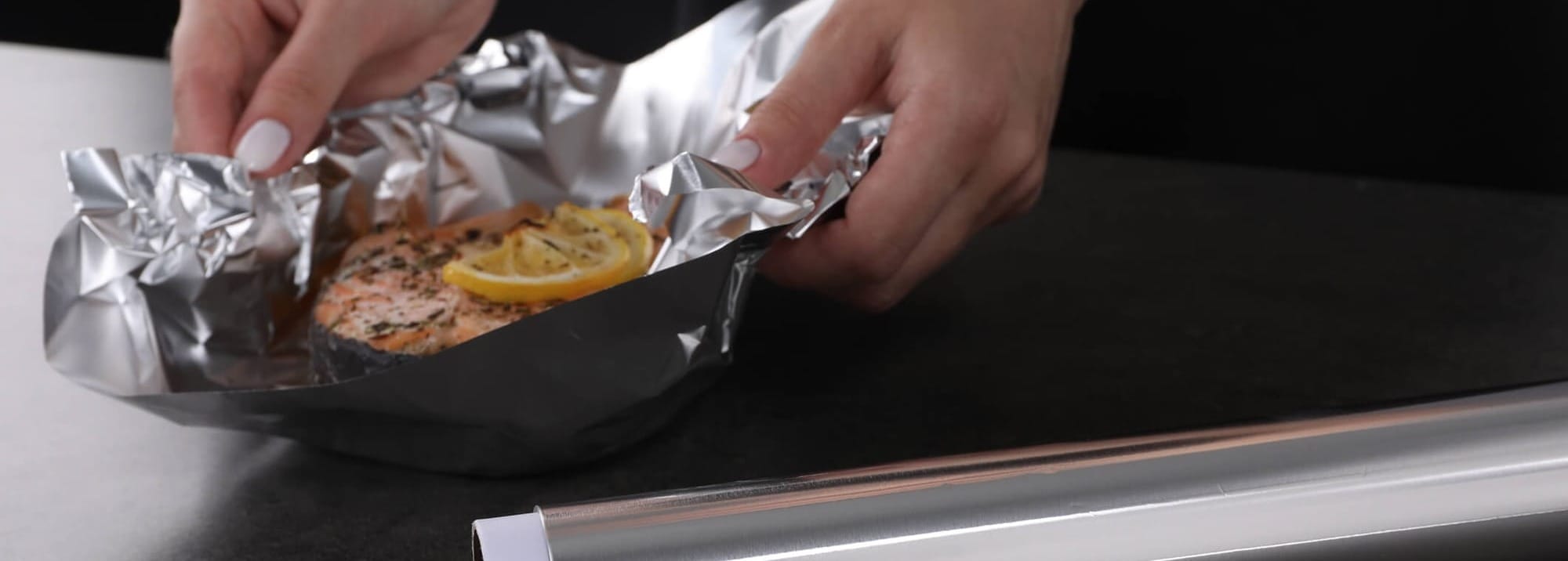
Every year, the average household spends a considerable amount of money on disposable food storage products like plastic bags, cling wrap, and aluminum foil. These costs add up, not just in terms of dollars but also in environmental impact. The production, use, and disposal of these single-use items contribute significantly to pollution and waste. When you factor in the hidden costs associated with environmental cleanup and the depletion of natural resources, the true cost of disposable food storage becomes even more apparent. By switching to reusable options, you're not only saving money but also contributing to a healthier planet.
Upfront Costs vs. Long-Term Savings of Reusable Options

Investing in reusable food storage solutions such as glass containers, silicone containers/bags, and beeswax wraps involves an initial cost that may seem daunting. However, when you break down the expenses over their lifespan, the savings become clear. Unlike disposable items that need constant repurchasing, reusable options can last for years with proper care. This one-time investment eliminates the need for frequent replacements, reducing your grocery bill and minimizing waste. Additionally, many reusable products offer superior quality and functionality, enhancing your food storage and preparation experience.
Environmental Savings: Beyond the Dollar Sign
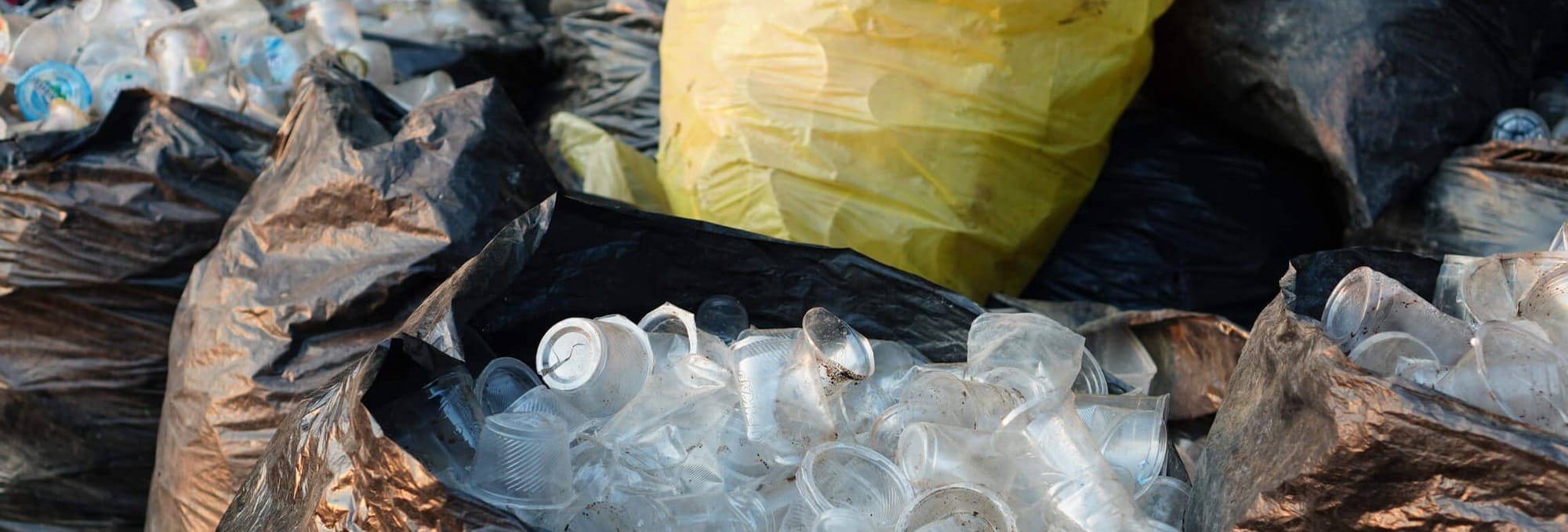
The benefits of switching to reusable food storage extend far beyond personal financial savings. By opting for eco-friendly alternatives, you significantly reduce your environmental footprint. Single-use plastics, which are prevalent in disposable food storage options, are a major contributor to ocean pollution and wildlife endangerment. Reusable options, made from materials like glass, silicone, or stainless steel, are more sustainable and have a much lower impact on the planet. By investing in these products, you're contributing to a reduction in pollution and helping to conserve natural resources for future generations.
Maximizing the Use of Reusable Food Storage
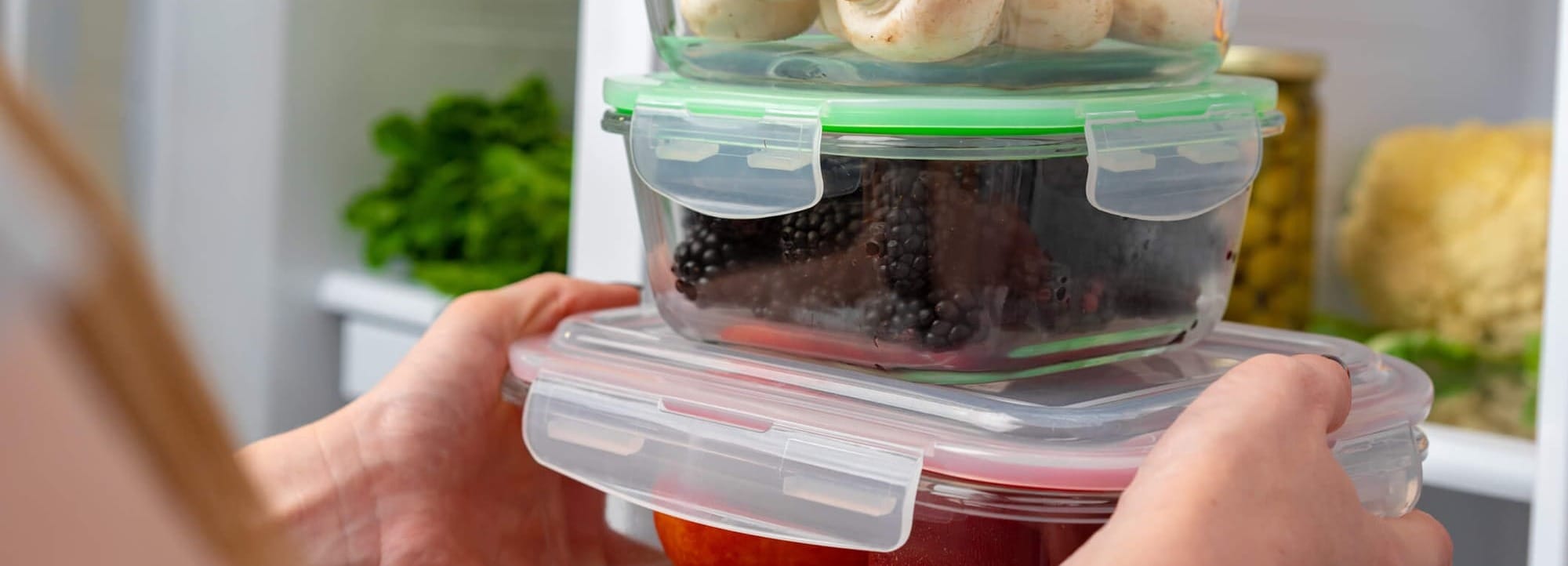
To truly capitalize on the cost benefits of reusable food storage, it's important to maximize their use and care for them properly. This includes adopting habits such as washing and reusing containers, using them for a variety of purposes (from storing leftovers to packing lunches), and maintaining them according to manufacturer instructions to ensure their longevity. Additionally, being mindful of how and when to use each type of container can help you get the most out of your investment, further increasing your savings over time.
Breaking Down the Investment: A Comparative Analysis
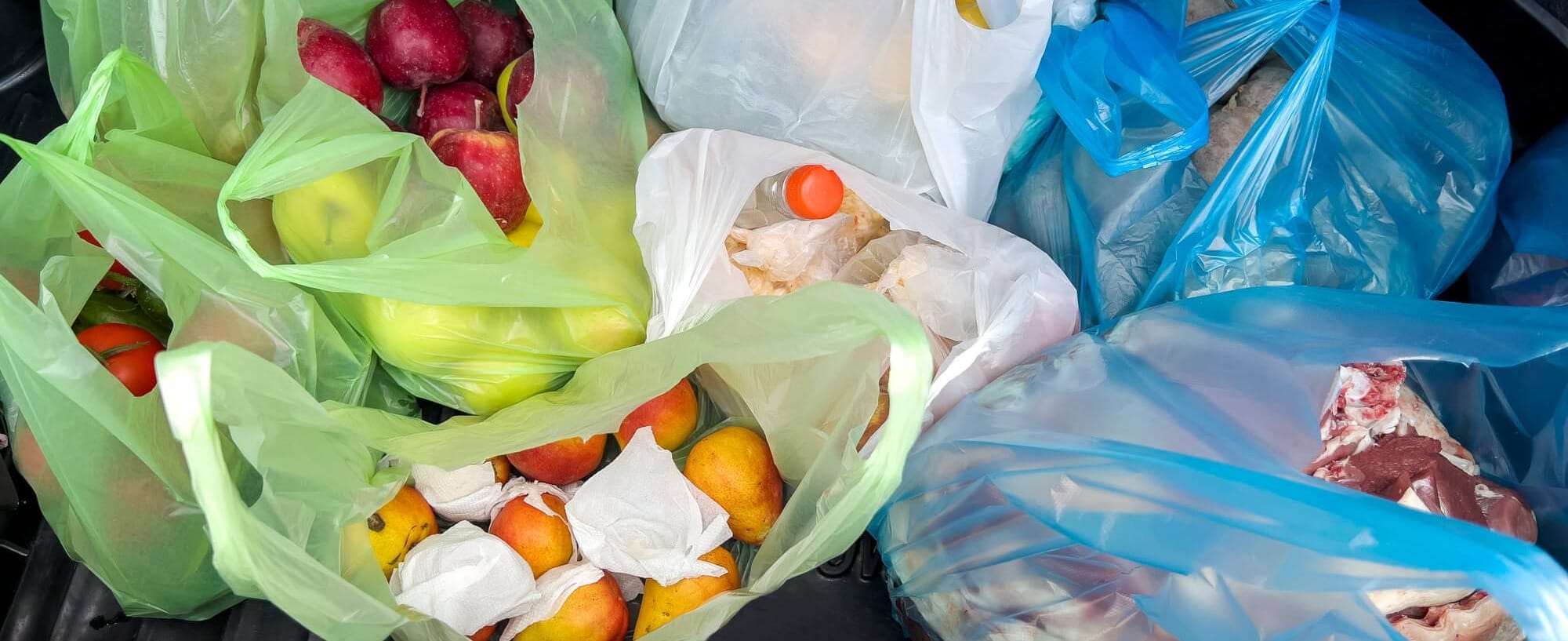
In the debate between disposable and reusable food storage, the numbers tell a compelling story. Let's jump into a cost-benefit analysis that sheds light on the long-term savings and environmental advantages of opting for reusable options over their disposable counterparts.
Average Lifespan and Cost Per Use
- Disposable Plastic Bags: The average cost of a disposable plastic sandwich bag is about $0.02. If you use two bags per day over a year, that's $14.60. These bags are typically used once before being thrown away.
- Reusable Silicone Bags: A high-quality silicone bag can cost around $10 but can be used upwards of 3,000 times. Spread over its lifespan, the cost per use drops to less than $0.004.
Environmental Impact
- Disposable Aluminum Foil: Used for cooking and storing, aluminum foil is often tossed after one use. While aluminum can be recycled, the recycling rate is not 100%, and the production process is energy-intensive.
- Glass Containers: Glass is infinitely recyclable without loss of quality. A single glass container can replace hundreds of aluminum foil uses, significantly reducing waste and energy consumption associated with production and disposal.
Glass Containers vs. Plastic Bags
- Plastic Bags: Not only do they contribute to landfill waste, but they also pose a risk to marine life and can take hundreds of years to decompose.
- Glass Containers: With a higher upfront cost, glass containers offer durability and versatility. They can go from freezer to microwave, reducing the need for multiple types of storage solutions. Over time, the cost per use diminishes, making them a financially savvy choice.
Silicone Bags vs. Aluminum Foil
- Aluminum Foil: Commonly used for cooking and storage, the cost adds up with frequent use. Environmental concerns also arise from its production and disposal.
- Silicone Bags: An eco-friendly alternative, silicone bags can withstand high and low temperatures, making them suitable for a variety of uses. Their durability means less waste and more savings over time.
This comparative analysis highlights the clear advantages of investing in reusable food storage. Not only do reusable options like glass containers and silicone bags offer significant cost savings in the long run, but they also contribute to a reduction in waste and environmental degradation. By making the switch, you're not just saving money—you're also taking a step towards a more sustainable and responsible way of living.
Tips for Making Affordable Switches
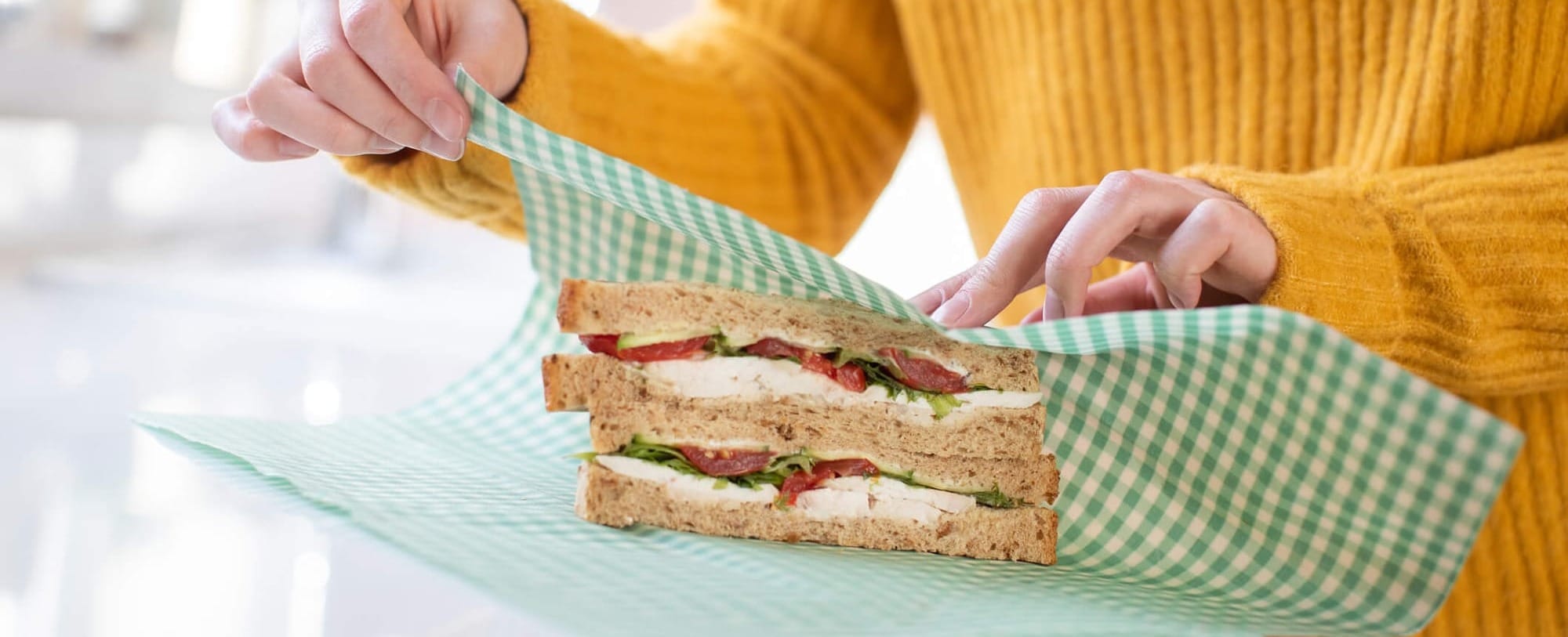
Transitioning to reusable food storage doesn't have to strain your wallet. Here are some practical tips for making the switch affordably:
- Start Small: You don't need to replace everything at once. Begin by identifying the disposable items you use most frequently and replace those first. For example, if you regularly use plastic wrap, start by purchasing a set of beeswax wraps.
- Buy in Sets: Often, buying a set of containers or bags is more cost-effective than purchasing individual pieces. Look for sets that offer a variety of sizes to cover different storage needs.
- Look for Sales and Discounts: Keep an eye out for sales at your local stores or online. Many eco-friendly brands offer discounts throughout the year, especially around Earth Day or during the holiday season.
- Consider Quality Over Quantity: Investing in a few high-quality pieces that will last longer is more cost-effective than buying cheaper, less durable options that need to be replaced frequently.
- DIY Options: Explore DIY alternatives for reusable food storage, such as making your own beeswax wraps or fabric pouches. There are numerous tutorials available online that can guide you through the process.
- Repurpose and Upcycle: Before buying new containers, see what you can repurpose from around your home. Glass jars from pasta sauce or pickles can be cleaned and used for storing leftovers or bulk pantry items.
- Share and Swap with Friends: If you have friends or family members who are also interested in sustainable living, consider organizing a swap to exchange items you no longer need or use.





